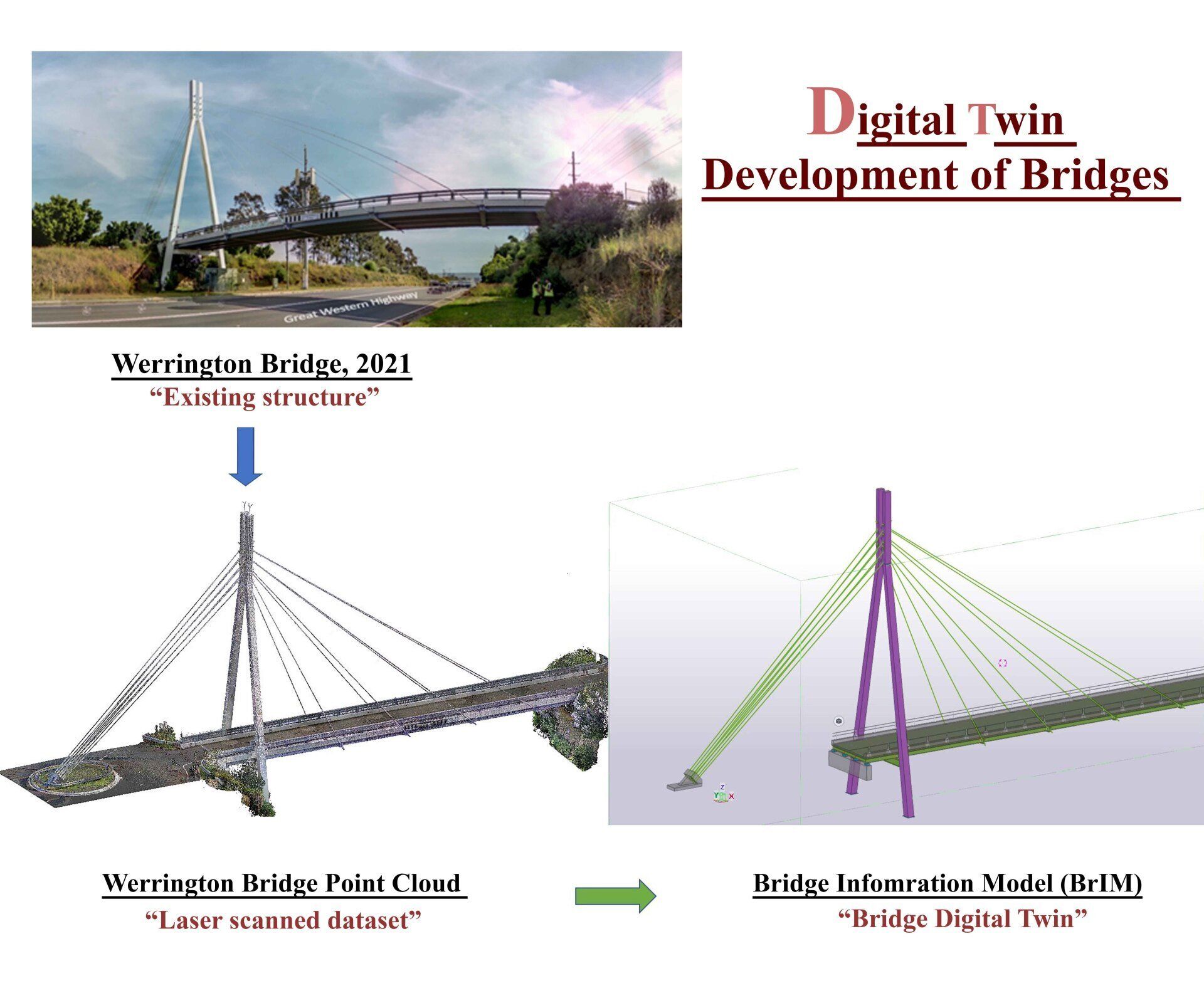Over the years, bridge inspection practices and condition assessments were predicated upon long-established manual data collection methods which were generally unsafe, time-consuming, not precise, and labour-intensive influenced by the experience of the trained inspectors involved.
Moreover, the collected documentation and information retained such as the bridge as-built geometry specifications were paper-based which significantly limit the ability to be readily transferred to assist asset managers or engineers.
In recent years, the ability to turn an actual civil infrastructure asset into a well-detailed and precise digital model using state-of-the-art emerging technology such as laser scanners has become in strong demand among structural engineers and managers, especially bridge asset managers.
Therein, this research aims not only to identify, investigate, and discuss the benefits and challenges of using laser scanners in the field of bridge inspection and monitoring but also to serve a comprehensive methodology for Bridge Information Model (BrIM) development and provide an innovative management system to aid in the digitalisation of bridges and their administrations.

